This post won best general post of the year in Italy Magazine’s awards
Visit Italy off the beaten path!
How can one country the size of California have so many beautiful cities?
This is what I kept asking myself when I was in Padova. After thirty years of coming to Italy, and living here twice in the past, I had still never been to Padova, until last weekend.
Padova (translated as Padua in English, but not necessary since Padova is perfectly easy to say), did not get on my radar until I went back to grad school at the ripe age of 40, to get a masters in Florentine Renaissance history, and my professor Dale Kent displayed images of Giotto’s frescoes in the Scrovegni Chapel as part of a lecture on patronage.
Since then, I had pictured a small town with an important chapel, which someday I would stop off to see for an hour.
WRONG.
Padova stunned me, and it easily merits a few days.
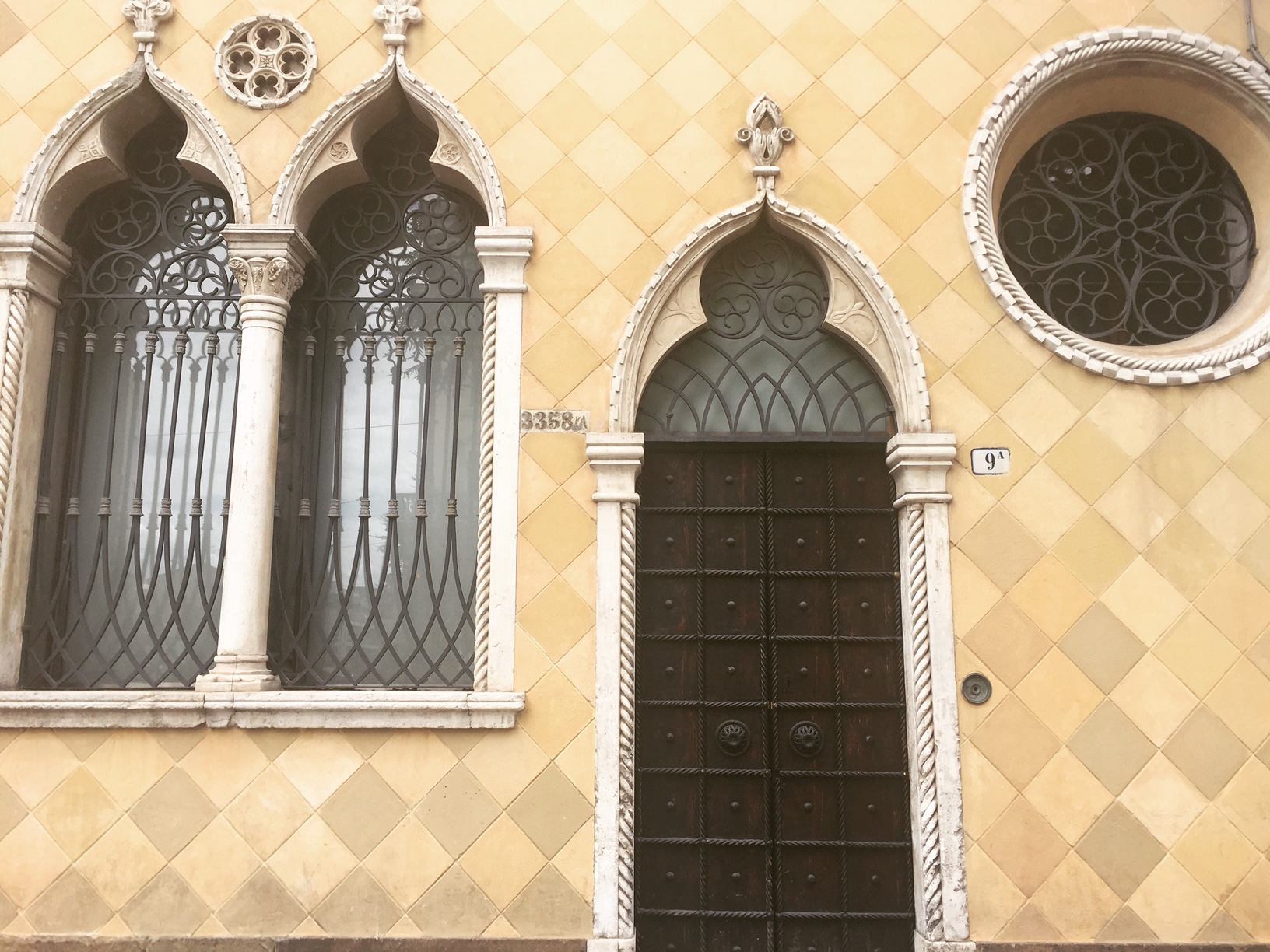
I was prompted to go to Padova when my British uncle and his wife (both actors, formerly with the Royal Shakespeare Company) invited me to join them for a weekend in the midst of the two-week summer school course on Shakespeare they were leading.

First of all, I noticed that the historic center was pedestrian only, which is always charming. Then I admired the attractive arcades along the sides of the streets, that cover pedestrians from rain and from the sun’s heat. Then I noticed Venetian architecture (a novelty since it doesn’t exist in Tuscany) and then I observed all the bicycles, and how dogs are allowed in shops, and then I took in the peaceful atmosphere…
Wow, Padova is a really lovely city!
My uncle had told me that Caffè Pedrocchi was a famous coffee house worth seeing. It is one of those elegant caffè-meeting places from the 19th-century. Until 1916 it was called, “the caffè without doors” because it was open all night as well as all day.
Caffè Pedrocchi is known for coffee with a creamy mint concoction added to it. Of course the recipe is secret. Unfortunately I could not allow myself to try it because I was suffering from an upset stomach. Too much prosecco the night before!
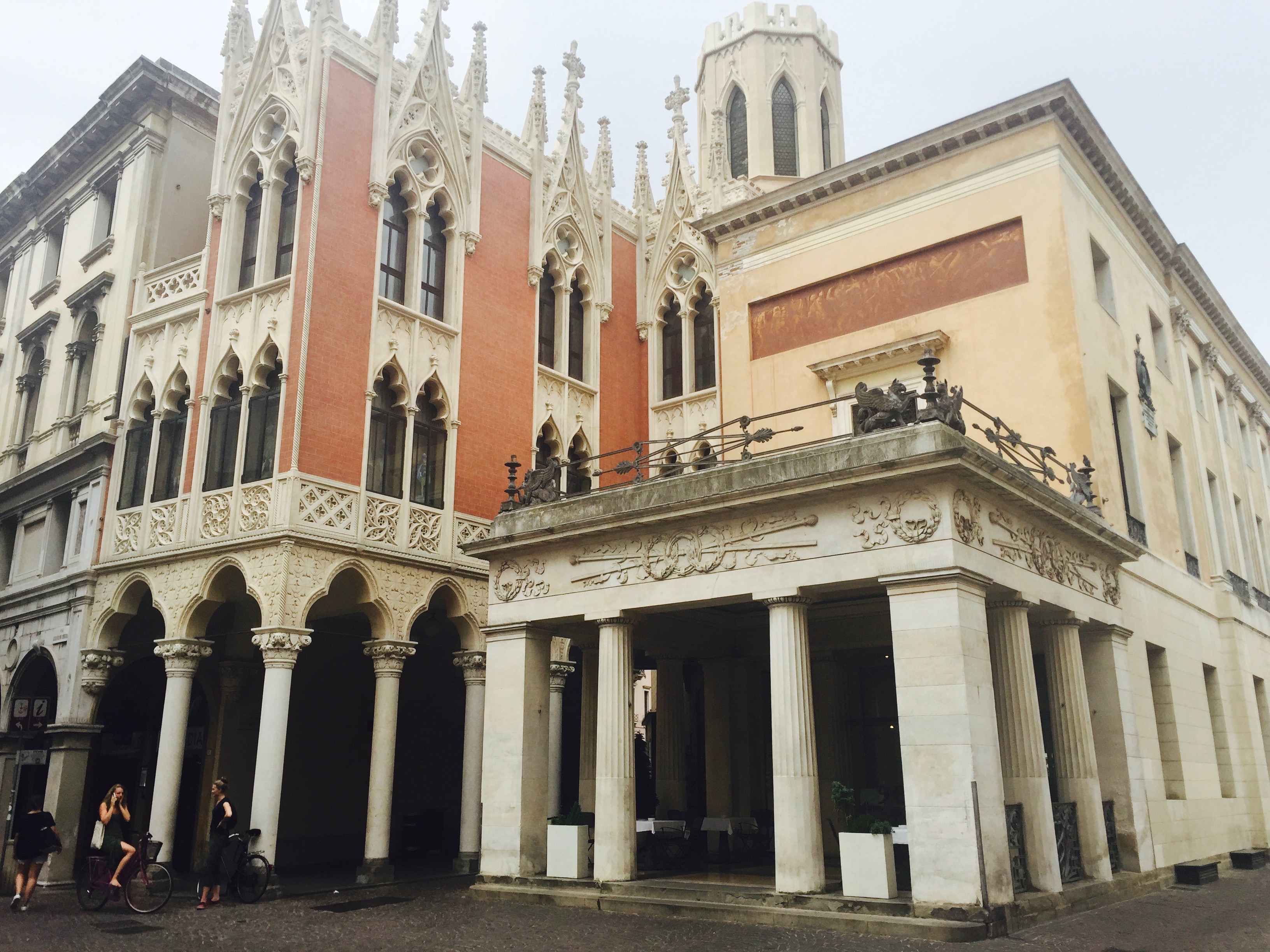
I wandered in, only to observe, assuming that I might not like the price of a drink at such an upscale place. But then an elegant gentleman who appeared to be an owner or manager, approached me. I found myself telling him I was wondering about the possibility of ginger tea because I had an upset stomach.
The gentleman brought me to the bar, told the barista I needed a ginger tea, and she proceeded to chop ginger root and put the pieces into hot water for me. After drinking my remedy (eating the ginger pieces for extra fortification for my stomach) I went to pay, but the barista said, “apposto così.” She offered it for free.
Another Wow.
I then went into a farmacia because I had forgotten to bring my thyroid pills with me. My mind was all a whir. Would they need to see a prescription? I didn’t have one with me. Would they want to call my farmacia in Lucca to verify my prescription? Should I get that number off Google before I go in there?
However, when I told the woman behind the counter I had forgotten to bring my thyroid with me from Lucca, she simply asked my dose, said “No problem” and ducked into the room at the back. A minute later she was handing me a package of Eutirox and asking me for a payment of three euro.
As immigrants from the US are well aware, getting things done in Italy often takes ten times longer than at home and can be ten times more complicated. So I left the farmacia thinking, you gotta love it when Italy works like this!
Turns out, correcting my goof of forgetting my thyroid, is ten times less complicated and ten times less expensive here in Italy.
 Many things in Padova brought back memories from my beloved grad school program. I noted a plaque on a facade that mentioned Dante’s presence in Padova. He had gone there during his exile from Florence. And I saw reminders that Petrarch had lived here too, having gone to Padova to escape the plague.
Many things in Padova brought back memories from my beloved grad school program. I noted a plaque on a facade that mentioned Dante’s presence in Padova. He had gone there during his exile from Florence. And I saw reminders that Petrarch had lived here too, having gone to Padova to escape the plague.
Petrarch and Dante came into my conversations with Professor Kent quite often during my graduate studies, and of course they are subjects in the courses I teach course.
During the last years of his life Petrarch lived in a house in Arquà in the hills near Padova. It was here he died (in his study with his head resting on a volume of Virgil). I did not managed to visit his house which is now a museum, as a car is required to reach it.
 This unexpected sculpture in a niche, in an unassuming corner reminded me of the Madonna della Misericordia (A Madonna enfolding her followers in her robe) by Piero della Francesca in the Tuscan town of Sansepolcro. Professor Kent used the image to make a point about networks of protection.
This unexpected sculpture in a niche, in an unassuming corner reminded me of the Madonna della Misericordia (A Madonna enfolding her followers in her robe) by Piero della Francesca in the Tuscan town of Sansepolcro. Professor Kent used the image to make a point about networks of protection.
What fun to see one just like it in the street in Padova.
Then there’s the Basilica of Sant’Antonio. I am going to say it again: WOW. Sorry, not sorry.
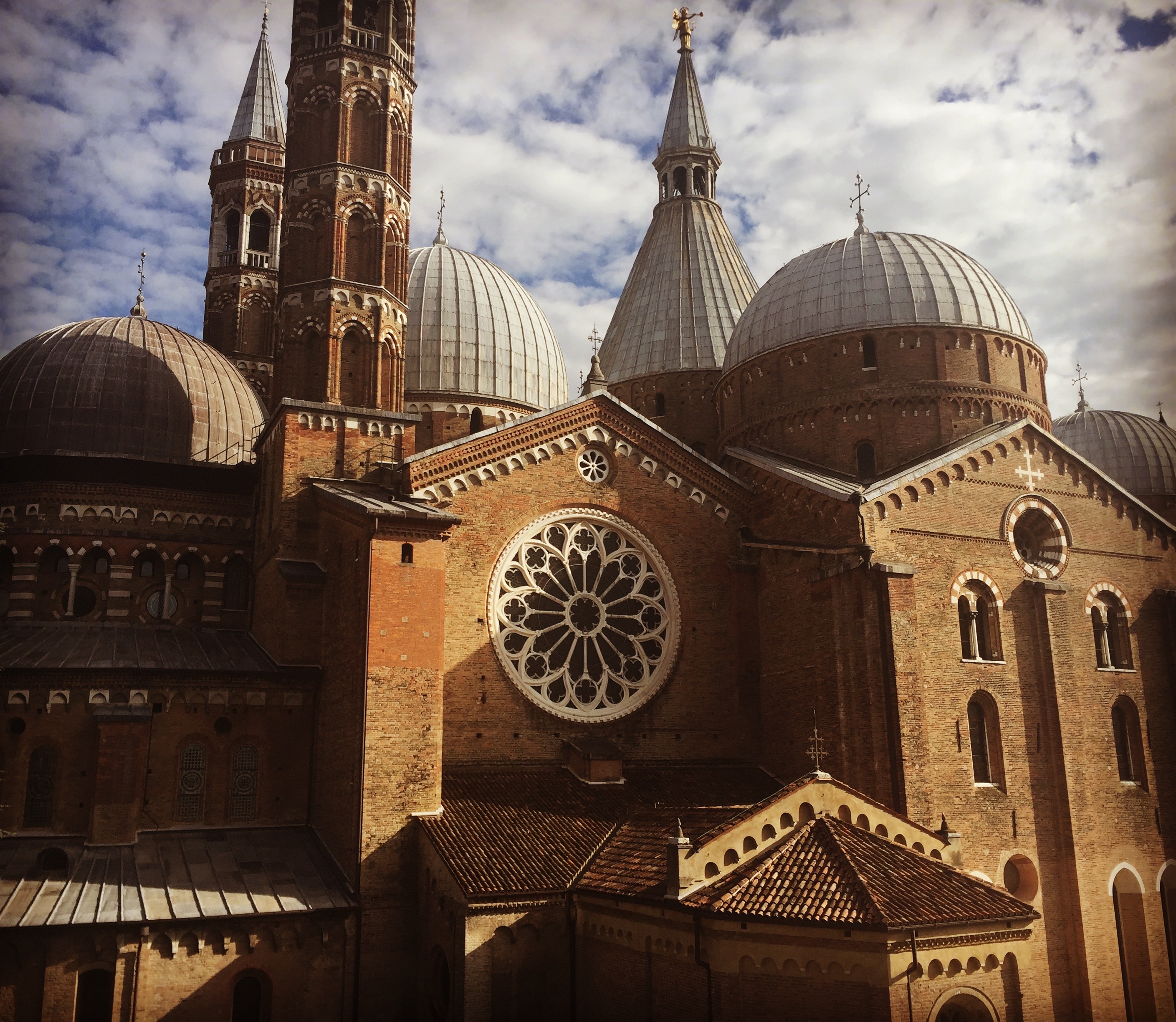
The Basilica of Sant’Antonio in Padova is one of Italy’s most beautiful and impressive churches. And Saint Anthony is one of the Catholic Church’s most popular saints. He’s the saint of lost and stolen articles and of sailors and fishermen.
Wandering into this church at 8:00am, I found numerous chapels to explore—one with striking Renaissance marble reliefs around the crypt of the saint.
The Gothic style cloisters adjacent to the church were devoid of people except for a monk in a brown robe merging into the shadows under the arches.
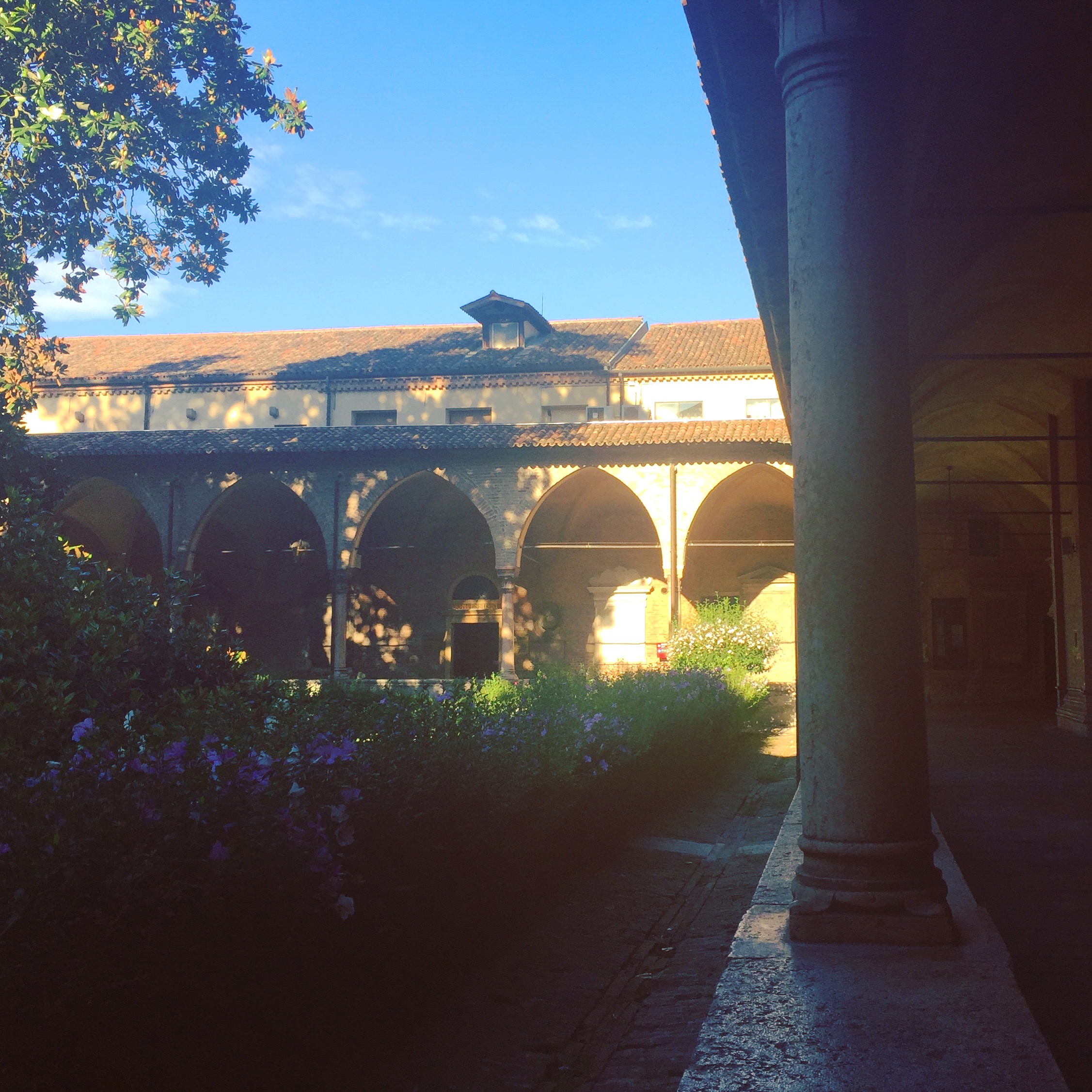 These timeless places in Italy, where I drop ten leagues deeper into tranquility stimulate two thoughts:
These timeless places in Italy, where I drop ten leagues deeper into tranquility stimulate two thoughts:
I am so thankful that this place survived the wars, and how wonderful to be a monk and live here.
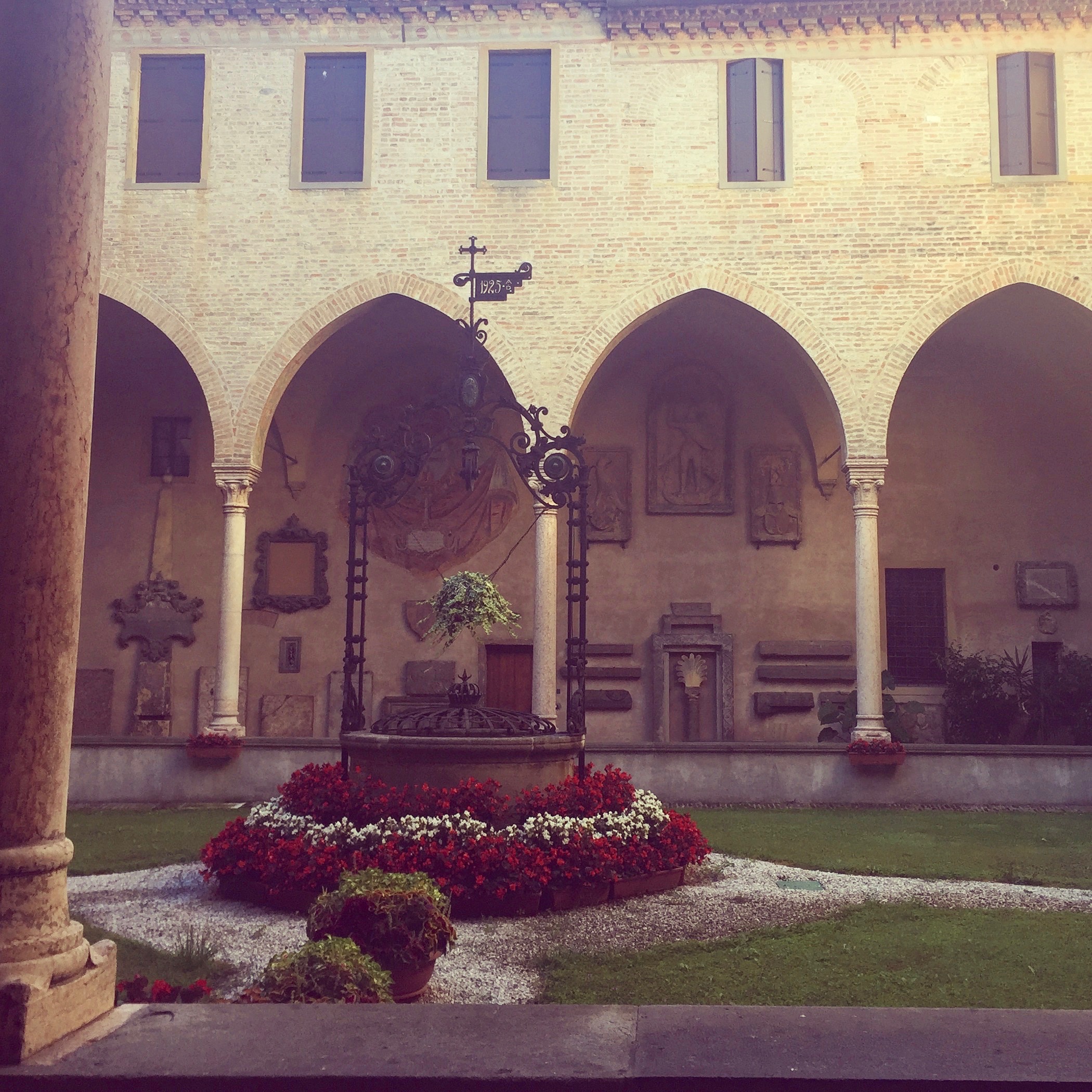
I booked the Scrovegni Chapel (reserving ahead is necessary) for the Monday morning before I took the train back to Lucca. Booking on a Monday is a good deal as the price is reduced. (On all other days the price is higher because it includes an adjacent museum.)
I got there twenty minutes before my allotted time. The man who checked my name off the reservation list, pointed to a woman by a door and said to I needed to be there at 10:20. In the room were beautiful books about the Scrovegni Chapel and I soon became absorbed in one. When I looked up, it was 10:22. I rushed over the woman.
“You’re late.” She said.
But two minutes? We’re in Italy… two minutes can’t be considered late.
She said I was supposed to be a different door at 10:20, one down a path, through the garden. I went racing over there to find that the special room for stabilizing the microclimate was closed. This is a room each group enters at the allotted time, and remains for 15 minutes before being taken into the precious chapel.
I had no idea what to do. In a panic I went racing back, found a guard and spewed out a panicked explanation in Italian, to which he responded in English, “Don’t worry.”
He took me back to the special room, knocked on the glass and spoke with a guard inside and got me permission to enter with the next group.
I was the first to enter with the next group and the man in charge made a point to assure me everything was OK. “I was about to burst into tears!” I admitted to him.
After the 15-minute micoclimate stabilization, he led us to the chapel. Since I was first in line, I had blissful moment of entering the chapel and seeing it before me, on its own terms, free of tourists.
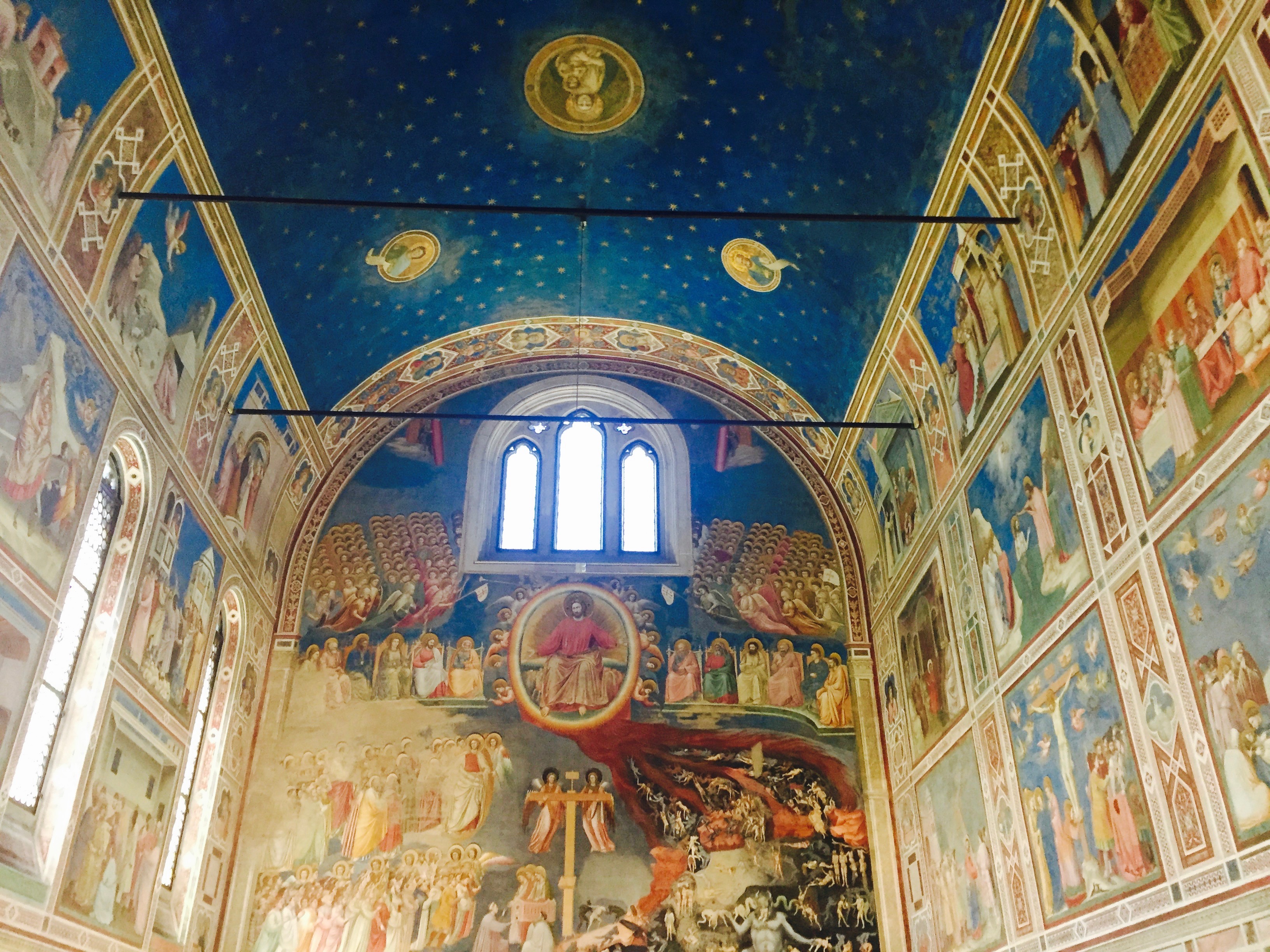 Just me and the cobalt blue starry sky that Giotto painted 700 years ago.
Just me and the cobalt blue starry sky that Giotto painted 700 years ago.
A better experience than feeling stifled by the sweating pits of wilting tourists stuffed like pickles in the Sistine Chapel.
The chapel was larger than I imagined and the nice man responded with pleasure when I asked him questions about the various panels. He led me down the length of the chapel, pointing out the little paintings of the “virtues” below the famous scenes of the lives of Mary and Jesus, and the opposing “vices” on the other side.
When I shared my enthusiasm he told me that I could remain in the chapel through the next group’s visit.
Wow. Yup, there I go again.
I told him I had a train to catch and could not remain. On the way out when he asked if I was happy, I said, “Il vostro patrimonio, mi stupisce.” (Your heritage amazes me).
How much unexpected pleasure can happen when you visit Italy off the beaten path.
At the end of my life, if Saint Peter asks me if I loved Italy enough, I will be able to unhesitatingly say yes.
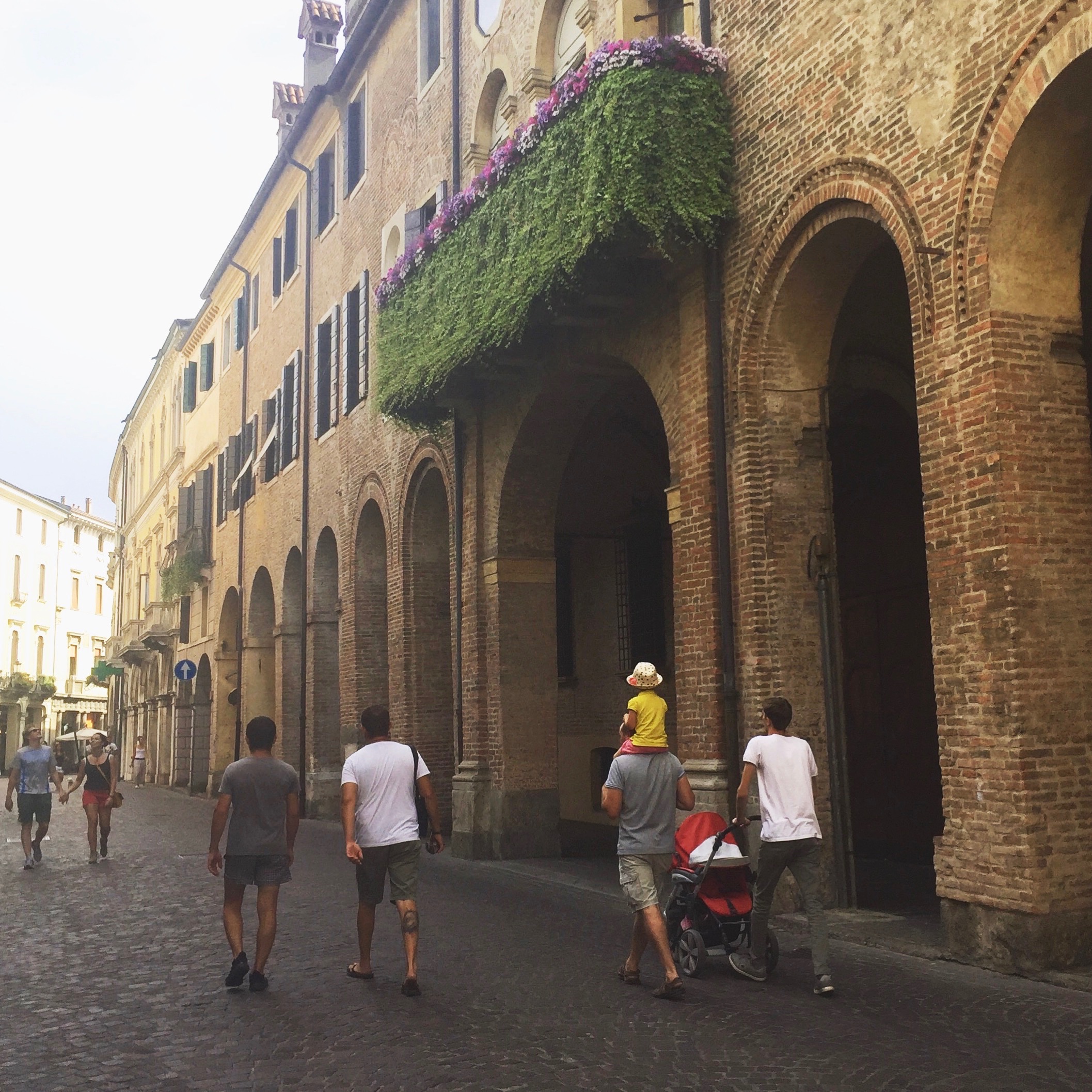

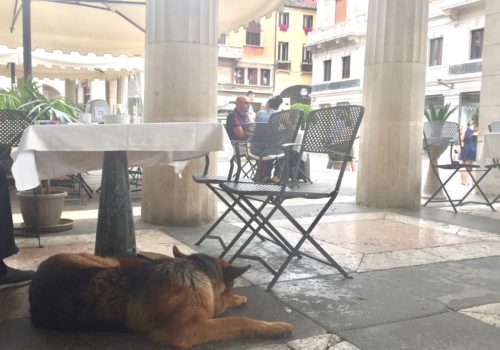
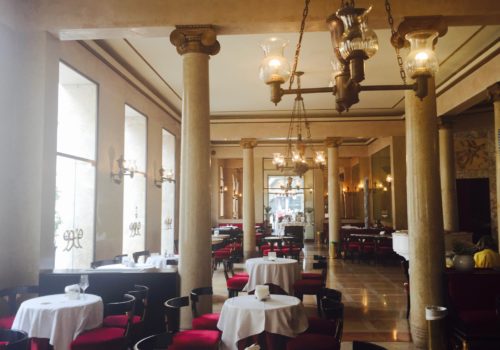
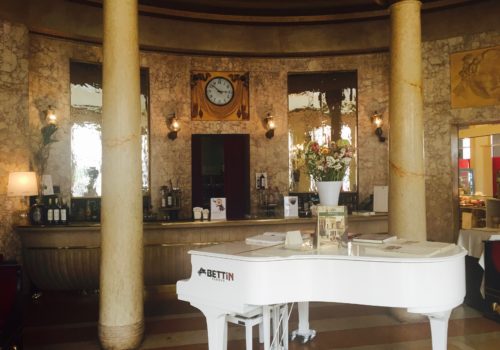



A lovely article- your passion shows!! Sounds like definitely a place worth visiting!
Yes! You’d enjoy it! Italy is a never ending treasure 🙂
Chandi, I love your enthusiasms. You are living at the WOW level and bringing us all along. Keep it up! Thank you.
Jackie, what a fun comment: “Living at the WOW level”! Sounds like you and I are ready to lead a self help seminar!
Chandi, I love your enthusiasm. You are living at the WOW level and bringing us all along. Keep it up! Thank you.
One part of my family is from the Padova region. So glad seeing a blog post dedicated to this lovely city. The Basilica Sant’Antonio is really amazing, loved it there. Thanks for sharing!
You are welcome Sabine. I’m glad to have done justice to the area your family comes from!
Absolutely stunning photos, and somehow you managed this without hordes of tourists blocking the view. Your love of history and of Italy comes through your photos and descriptions. AS for the colors in the chapel; totally breathtaking.
Keep up the sharing, it means a lot to those of us not fortunate enough to be by your side.
Grazie mille!
You made me cry. I think worldwide, when we look people in the eye and show them the respect we have for their culture and for them, doors open (literally). I did my homework before visiting Italy in 82 and it completely differentiated me from the hordes. Proud locals were appreciated from my heart.
We call that “aloha” and it can be universal.
Linked to your site from fathomaway.com.
When I win that Lotto, I’m calling you, Bella!
Hi Alisa,
Great to have you here, and thanks for your appreciation! Are you from Hawaii?
Which article of mine on Fathom were you reading?
Yes, get in touch if you are planning a trip to Italia!
Fantastic photos and descriptions. I love your blog. There is so much passion and love for italy and it comes through in your beautiful writing style. I only saw Padova for an hour years ago. After reading this, it is first on my list to return to for a few days to get all this in.
That’s great! I hope you can get back to Padova in the new year! And thanks for the compliments!
You weave a wonderful story! Thank you for the inspiring read.
Glad you liked it Christine!
Enjoyed the notes on Padova. We were there 3 years ago on a day trip from Venice. It’s a
wonderful little city. If you’d like you can compare notes with my travelogue on Padova and
other Italian places at http://www.travelandgrowe.com
Congratulations on the award.
Ciao Gary and Cindy,
Thanks for stopping by. I look forward to checking out your travelogue. Cheers!
I loved your article, especially the last sentence. I hope to say the same at the end of my life. I look forward to getting off the beaten path and exploring this lovely city.
Hi Donna, how to nice to hear! Let me know, after your visit to Padova, how it went!
Chandi thanks for referring us back to this blog post re: Padova.
It was lovely to revisit it with a fresh eye and a tiny bit of relevant history from your current class.
I do so appreciate your gift of writing, and once again I am moved to add this city to my list of “must do” when I once again have the opportunity to return to Italy!
Aww, thanks Noreen for the lovely comment! I appreciate YOU. I am so pleased you’re taking my class! I hope to see you back in Italy and spend time with you here soon!